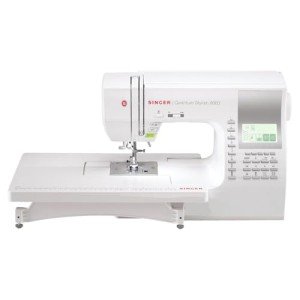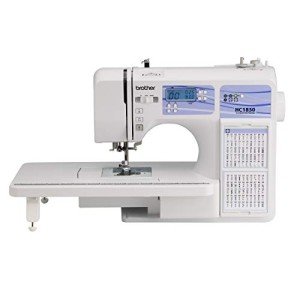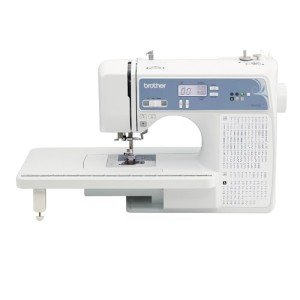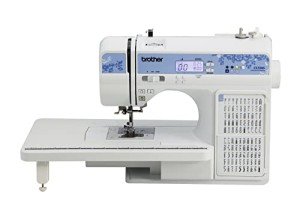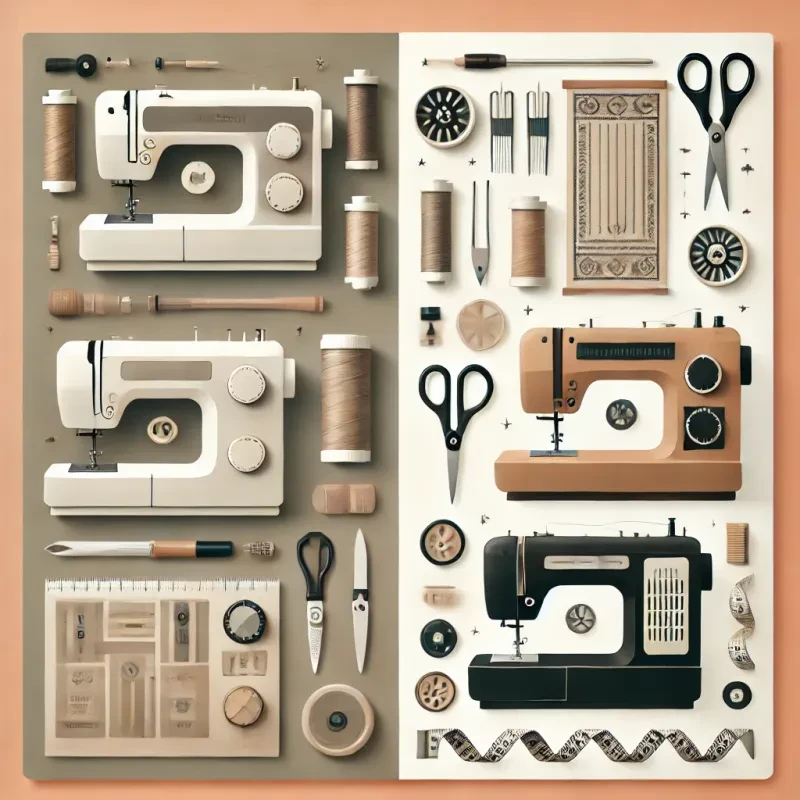There’s something truly rewarding about creating home decor with your own hands. Not only can sewing your own home accents save money, but it also allows you to personalize your space with unique, custom-made items. Whether you're a beginner or an experienced sewist, these easy home decor sewing projects will help you transform your living space into something special. From simple cushion covers to stylish curtains, here are some creative ideas to inspire your next project.
1. Simple Cushion Covers
Cushion covers are one of the easiest sewing projects and can instantly add a pop of color or texture to your living space. With just a few basic sewing skills, you can create customized cushion covers that match your decor perfectly.
Materials Needed:
- Fabric of your choice (cotton, linen, or upholstery fabric works well)
- Zipper or envelope-style closure
- Cushion insert
Steps to Sew Cushion Covers:
- Measure the Cushion Insert: Start by measuring the cushion insert to determine how much fabric you'll need. Add ½ to 1 inch for seam allowances on all sides.
- Cut the Fabric: Cut two pieces of fabric according to your measurements.
- Sew the Edges: Place the fabric pieces right sides together and sew around three edges, leaving one side open.
- Insert the Zipper or Create an Envelope Closure: Sew in a zipper on the open side or create an envelope-style closure by overlapping the fabric and sewing the sides.
- Finish the Seams: Turn the cover right side out and insert the cushion.
Project Tips:
- For a more luxurious look, use velvet or faux fur fabric.
- Add decorative elements like piping or tassels to the edges for an extra flair.
2. Custom Table Runners
A table runner is an easy yet impactful way to dress up your dining table or sideboard. It’s a versatile project that allows you to experiment with different fabrics, textures, and patterns.
Materials Needed:
- Fabric (cotton, linen, or a seasonal fabric for holiday runners)
- Matching thread
- Optional: trim or fringe
Steps to Sew a Table Runner:
- Measure Your Table: Decide on the length and width of your table runner. A standard width is about 12-18 inches, and the length should extend 6-12 inches beyond the ends of your table.
- Cut the Fabric: Cut the fabric according to your measurements, adding ½ inch for seam allowances.
- Hem the Edges: Fold the edges of the fabric under ¼ inch and press with an iron. Fold again and sew the hem along all sides to create a clean finish.
- Add Trim (Optional): For a more decorative look, you can sew fringe or lace trim to the ends of the runner.
Project Tips:
- Use seasonal fabrics to create runners for different holidays or events.
- For a quick project, choose fabrics with a bold pattern that doesn’t require much embellishment.
3. DIY Fabric Storage Bins
Fabric storage bins are both functional and stylish. They’re great for organizing toys, magazines, craft supplies, or even linens, and they can be customized to fit any room’s decor. This project is ideal for using up fabric scraps or leftover materials.
Materials Needed:
- Outer fabric (sturdy fabrics like canvas or cotton work best)
- Lining fabric (cotton or coordinating fabric)
- Interfacing for stability (optional)
- Thread and sewing machine
Steps to Sew Fabric Storage Bins:
- Cut the Fabric: Cut two pieces of outer fabric, two pieces of lining fabric, and two pieces of interfacing (if using) to your desired bin size. The pieces should be rectangular or square, depending on the shape you want.
- Sew the Outer Fabric: With right sides together, sew the outer fabric pieces along three sides, leaving the top open. Repeat the process for the lining fabric.
- Add Interfacing (Optional): If using interfacing, attach it to the outer fabric for added stiffness and structure.
- Join the Lining and Outer Fabric: Place the lining inside the outer fabric, right sides facing, and sew around the top edge, leaving a small gap for turning.
- Turn and Finish: Turn the bin right side out through the gap, then sew the gap closed. Topstitch around the top edge for a finished look.
Project Tips:
- Use contrasting fabrics for the lining and outer fabric to create a striking visual effect.
- Add fabric handles for easy carrying.
4. Sew Your Own Curtains
Curtains are a great way to make a bold statement in any room, and sewing your own gives you complete control over the fabric, length, and style. Custom curtains can elevate your space, whether you want a light and airy look or rich, dramatic drapes.
Materials Needed:
- Fabric (cotton, linen, or heavier fabrics like velvet)
- Curtain tape or rings
- Thread and sewing machine
Steps to Sew Curtains:
- Measure the Windows: Measure the length and width of your windows, adding extra length for a more dramatic, floor-to-ceiling look. You’ll also want to add 1-2 inches for seam allowances.
- Cut the Fabric: Cut your fabric to size, keeping in mind the additional length for hemming.
- Hem the Sides and Bottom: Fold the fabric under ¼ inch, press, and sew along the sides and bottom to create a neat hem.
- Create the Rod Pocket or Attach Rings: At the top of the curtain, fold the fabric down to create a pocket for the curtain rod, or sew on curtain tape for rings.
Project Tips:
- Use lightweight fabrics for a breezy, casual look or heavier fabrics for a more formal, insulated feel.
- Customize your curtains with tiebacks, grommets, or pleats.
5. Placemats and Napkins
Placemats and napkins are simple projects that add a personal touch to your dining table. They’re also a great way to use up fabric remnants and practice your hemming skills.
Materials Needed:
- Fabric (cotton, linen, or outdoor fabric for placemats)
- Matching thread
- Optional: decorative trim or embroidery
Steps to Sew Placemats and Napkins:
- Cut the Fabric: For placemats, cut fabric into rectangles measuring about 12 x 18 inches. For napkins, cut squares measuring 16 x 16 inches.
- Hem the Edges: Fold the edges under ¼ inch, press, and sew all around to hem the placemats and napkins.
- Decorate (Optional): Add decorative trim, embroidery, or applique to customize your placemats and napkins.
Project Tips:
- Mix and match fabrics for a coordinated but eclectic table setting.
- Use water-resistant outdoor fabric to make easy-to-clean placemats for outdoor dining.
Conclusion
These easy sewing projects are a great way to personalize your home decor while honing your sewing skills. From cushion covers to curtains, there’s no shortage of creative ways to transform your space with fabric. Whether you're a beginner looking for simple projects or an experienced sewist ready to try something new, these DIY home decor ideas will add a handmade touch to every room in your home.
